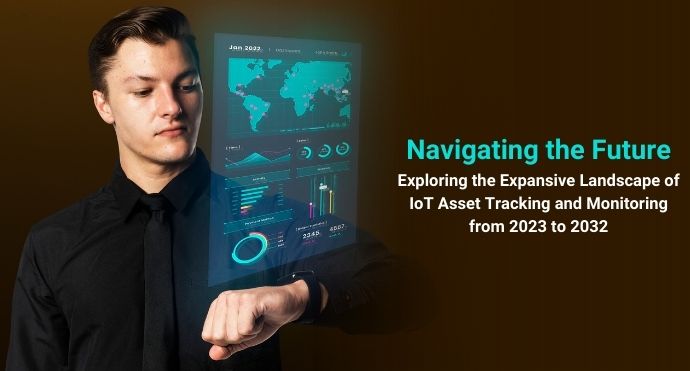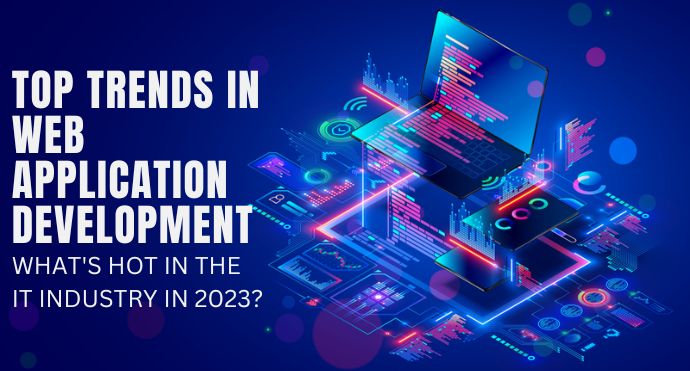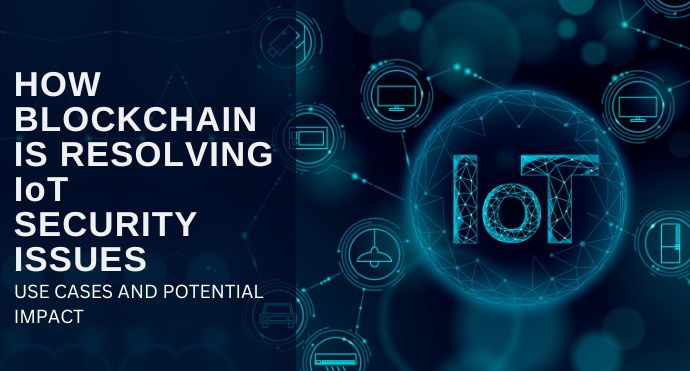The Internet of Things (IoT) has revolutionized various industries, and asset tracking and monitoring are no exceptions. IoT-based asset tracking solutions enable real-time monitoring, data collection, and analysis of assets, leading to improved operational efficiency and reduced costs for businesses. This blog delves into the current state of the IoT-based asset tracking and monitoring market, its size, growth opportunities, industry trends, and an outlook from 2023 to 2032.
Market Size and Growth Opportunities
The IoT based asset tracking and monitoring market is growing rapidly due to the increasing demand for real-time asset tracking and monitoring solutions in various industries. The market is expected to reach USD 8.5 billion by 2030, growing at a CAGR of 8.74% from 2022 to 2030.
Several factors contribute to this exponential growth:
Widespread Adoption Across Industries: The benefits of IoT-based asset tracking solutions are recognized across various sectors, including logistics, transportation, healthcare, manufacturing, and agriculture. As industries increasingly embrace digital transformation, the demand for such solutions continues to surge.
Technological Advancements: Advancements in IoT sensors, cloud computing, artificial intelligence, and big data analytics have significantly enhanced the capabilities of asset tracking and monitoring systems. Improved accuracy, real-time data streaming, and predictive analytics have fueled market growth.
Cost Savings and Operational Efficiency: IoT-based asset tracking enables businesses to optimize their operations, reduce downtime, prevent theft, and improve asset utilization. These cost-saving benefits are driving widespread adoption in both small and large enterprises.
Government Initiatives and Regulations: Governments worldwide are recognizing the potential benefits of IoT technology in asset management. Supportive policies and regulations are encouraging industries to adopt IoT-based tracking solutions, thereby boosting market growth.
Industry Trends
Several prominent industry trends are shaping the IoT-based asset tracking and monitoring landscape:
Integration of Artificial Intelligence and Machine Learning: AI and ML technologies are being integrated into asset tracking systems to analyze historical data and predict asset behavior, enabling proactive maintenance and better decision-making.
Blockchain for Enhanced Security: Blockchain technology is gaining traction to address security concerns related to data privacy and asset ownership. Its decentralized nature ensures tamper-proof data and improved transparency.
Rise of Low-Power Wide-Area Networks (LPWAN): LPWAN technologies like NB-IoT and LoRaWAN are becoming more prevalent for asset tracking due to their long-range capabilities and low power consumption, ideal for tracking assets over extended periods.
Cloud-Based Solutions: Cloud-based asset tracking platforms offer scalability, flexibility, and real-time access to data from anywhere, making them highly desirable for businesses seeking agile and responsive asset management solutions.
Market Analysis Outlook
The future of the IoT-based asset tracking and monitoring market appears promising, with several key developments expected:
Further Market Expansion: The market will continue to grow as new industries recognize the potential of IoT-based asset tracking solutions and incorporate them into their operations.
Emergence of 5G Technology: The rollout of 5G networks will significantly enhance connectivity and data transmission capabilities, fostering the adoption of real-time asset tracking and monitoring solutions.
Focus on Sustainability: With the increasing emphasis on sustainable practices, IoT-based asset tracking can help optimize supply chains, reduce waste, and improve energy efficiency, aligning with global sustainability goals.
Advanced Analytics and Predictive Maintenance: AI-driven analytics will become more sophisticated, enabling asset tracking systems to provide valuable insights for predictive maintenance and data-driven decision-making.
Conclusion:
The IoT-based asset tracking and monitoring market is poised for remarkable growth from 2023 to 2032. As industries across the board seek smarter and more efficient asset management solutions, the integration of IoT technology will continue to drive this growth. The advancements in AI, ML, blockchain, and 5G will further propel the market, while businesses focus on sustainability and optimized operations through data-driven strategies. Embracing these trends will position companies at the forefront of the IoT revolution, ensuring a competitive edge in an ever-evolving market.



